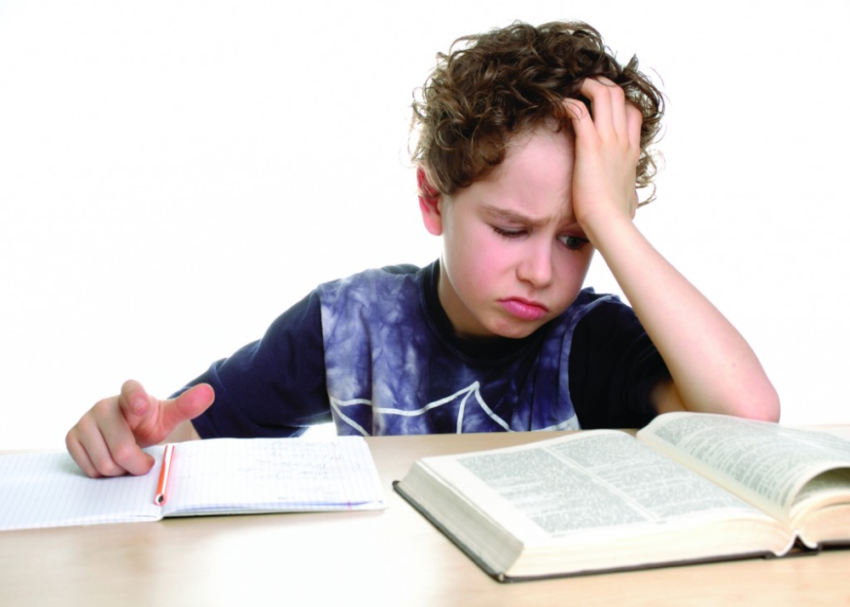Signs of Learning Disabilities in Children
Learning disabilities can be treated easily with early intervention and right management. Therefore, it is essential to identify such problems in children during early childhood. Let us take a look at the signs of learning disabilities in children.
Learning disabilities are pretty common in children and the good news is that they are almost entirely curable. Scientists and child behavior specialists say that the earlier such learning disabilities are detected the easier it becomes to seek intervention and cure such issues. The problem is that there is a range of symptoms associated with leaning disorders which many parents are not aware of. Follow this guide to know more about learning disabilities.
At the Preschool Level
Learning disorders are best detected early as strong intervention measures can then be taken. Look out for these signs in your toddler or preschool kid.
- Your child has difficulty in uttering words and takes longer to learn speaking skills.
- Your kid has severe pronunciation issues.
- The growth of vocabulary is slow and choosing the correct word seems difficult.
- Words cannot be rhymed easily.
- There are problems in learning alphabets, identifying days of the week, knowing shapes, learning about colours etc.
- Your child appears to be distracted and restless at all times.
- There appears to be considerable difficulty in interacting with peers.
- It is problematic for the kid to follow instructions and directions.
- Motor skills are developed slowly.
Early School Grade Kids
If your kid has a learning disability then school performance is sure to get affected. However, be prepared to tackle the problem early by fast identification. Here are some signs that you should definitely look out for.
- Your child exhibit remarkable difficulty in identifying the connection between letters and their sounds.
- He or she mixes up the meaning of basic words like eating, running, sleeping etc.
- Your child is very slow in remembering the facts.
- There is difficulty in grasping pencil, pen or crayons.
- Your kid cannot read the proper time from the clock.
- Your kid has bad coordination skills and is completely oblivious to the surrounding circumstances.
- Your child keeps transposing numerical sequences and also confuses the arithmetic symbols.
Middle School Grade Kids
By the time your kid reaches middle school learning disabilities will become very pronounced. You should be able to get class teacher’s feedback about learning issues as academic performance is likely to get affected. Here are some signs that should be looked out for:
- Your child has problems in reversing the sequence of letters.
- There are issues in learning the root words, pre fixes and other spellings.
- Your kid shows considerable reluctance in reading out aloud.
- There are issues in dealing with word puzzles or even complicated words.
- Your kid demonstrates very poor recall of facts and has an extremely bad memory.
- Your child seems reluctant to make friends and has issues in interpreting the body language and expressions of others.
- Your kid demonstrates a lot of reluctance in working on any assignment involving writing.
High School Children
Kids in high school have considerably more difficulty in getting their learning disorders treated as by that time their brains are fully developed. Still intervention and considerable monitoring might help in normalising the learning curve of these children.
- Your high school kid keeps continuing to spell words in an incorrect fashion and often spells the same word in different ways.
- Has a strict aversion to reading and writing tasks.
- Cannot summaries a piece of news or text which he or she has read.
- Works really slowly and difficulty in finishing tasks.
Parental Support
Parental support during the crucial process of intervention is extremely important. The child should not feel humiliated and inferior in any way as this will slow down the progress. News from NHS reveals that more than 70% of kids who suffer from learning disorders do improve dramatically after corrective action.
It is the love and support of a concerned parent that helps kids affected by learning disorders fight their problems and normalize their learning curve.
SHIJINA RIJESH
